
Introduction
Mayonnaise, a creamy and luscious condiment, has long held a revered place in the world of culinary delights. Its unique combination of ingredients, primarily eggs and oil, whipped into a rich and silky emulsion, has made it a beloved addition to sandwiches, salads, dips, and a myriad of recipes. Yet, while mayonnaise has earned its spot on the kitchen shelf, it is not without its challenges. The quest for alternatives to traditional mayonnaise has become increasingly important in recent years due to dietary restrictions, health concerns, and the growing popularity of plant-based diets.
As we delve into the realm of mayonnaise substitutes, we embark on a journey to discover versatile alternatives that cater to a wide range of tastes and dietary needs. In this comprehensive guide, we will explore the intricacies of mayonnaise, from its composition to its culinary applications. We’ll also shed light on the common uses of mayonnaise, showcasing its adaptability in the culinary world. Moreover, we will address the challenges posed by traditional mayonnaise, such as its high calorie and fat content, and the concerns of those following specialized diets, like vegans or individuals with egg allergies.
This article aims to equip you with the knowledge and options needed to confidently substitute mayonnaise in your culinary creations. Whether you’re seeking healthier alternatives or looking to accommodate specific dietary requirements, we will provide you with a variety of substitutes and tips to ensure your dishes remain as delicious as ever. Join us on this flavorful journey as we explore the world of mayonnaise substitutes and unlock a realm of culinary possibilities.
Understanding Mayonnaise
Mayonnaise, often considered the creamy cornerstone of many culinary creations, is a condiment beloved for its rich and velvety texture, as well as its unique flavor profile. At its core, mayonnaise is an emulsion, a delicate dance between oil and water, held together by a stable suspension of egg yolk, vinegar, or lemon juice, and mustard. This emulsification process results in a thick, spreadable sauce that’s both versatile and distinctive. The magic lies in its ability to seamlessly meld with an array of ingredients, enhancing the taste and mouthfeel of sandwiches, salads, dressings, and dips. Mayonnaise’s creamy richness can be attributed to its fat content, often derived from vegetable oils like soybean or canola oil.
What truly sets mayonnaise apart is its ability to straddle the line between being a condiment, a base for other sauces, and a binding agent in various dishes. This multifaceted role makes it a kitchen essential. Whether it’s lending a luscious creaminess to potato salad, forming the foundation of a classic coleslaw dressing, or serving as a dip for crispy french fries, mayonnaise’s distinctive taste and texture have earned it a cherished spot in the culinary world. Understanding the unique properties of mayonnaise is crucial for appreciating why it’s so beloved and for effectively exploring its substitutes.
Common Uses of Mayonnaise
Mayonnaise has found its way into a wide array of culinary applications. Understanding its common uses is essential to appreciate why finding suitable substitutes can be beneficial. One of the most classic uses of mayonnaise is as a sandwich spread. It effortlessly transforms a simple turkey or chicken sandwich into a creamy delight, providing moisture and a delightful zing that elevates the entire experience. Mayonnaise also stars as a crucial ingredient in traditional salads, particularly the beloved potato and macaroni salads. Its emulsified nature allows it to seamlessly blend with other ingredients, creating a rich and cohesive dressing.
In the realm of appetizers and dips, mayonnaise shines as the base for creamy concoctions like spinach and artichoke dip, where its velvety consistency marries perfectly with other ingredients to create a luscious dip. Additionally, it serves as the foundation for numerous dipping sauces, such as the iconic fry sauce or the spicy sriracha mayo dip, offering a delightful balance of creaminess and flavor. In baking, mayonnaise often plays a surprising role in ensuring the moistness of cakes and muffins. Its inclusion may sound unconventional, but it brings a subtle richness without imparting a strong mayo taste.
Beyond these conventional uses, mayonnaise has a transformative power in marinades, adding depth and flavor to grilled meats and vegetables. It’s also a secret weapon for a crispy, golden-brown crust on grilled cheese sandwiches, providing that extra crunch and a hint of umami.
Understanding the diverse roles mayonnaise plays in the culinary world highlights why it can be challenging to find an equally versatile substitute. However, as dietary preferences and health-conscious choices evolve, the quest for alternatives becomes increasingly important. In the next section, we’ll delve into the challenges and dietary concerns associated with traditional mayonnaise, setting the stage for exploring viable substitutes that cater to various culinary needs.
Challenges and Dietary Concerns
Mayonnaise has long been a staple in many kitchens. However, it’s not without its challenges and dietary concerns. One of the primary issues with traditional mayonnaise is its high-fat content. A typical serving of mayonnaise contains a substantial amount of oil, which can contribute to excess calorie intake and pose health concerns, particularly for those trying to manage their weight or cholesterol levels.
Furthermore, mayonnaise traditionally contains raw eggs, which can be a concern for individuals with egg allergies or those who follow a vegan diet. This can limit its use in various recipes and exclude certain individuals from enjoying dishes that incorporate mayonnaise.
For those on vegan or plant-based diets, the inclusion of eggs and dairy-based ingredients in conventional mayonnaise is a clear dietary restriction. Moreover, for individuals with specific health conditions or dietary preferences, such as lactose intolerance or cholesterol management, mayonnaise can be a challenging condiment to incorporate into their meals.
In recent years, there has been a surge in demand for healthier and more inclusive alternatives to traditional mayonnaise. Many innovative solutions have emerged to address these concerns, offering reduced-fat options, egg-free versions, and even entirely plant-based alternatives. These substitutes not only cater to various dietary needs but also offer intriguing flavor profiles, making them a versatile addition to a wide range of recipes.
In the following section, we will explore these mayonnaise substitutes in detail, offering a comprehensive list of alternatives that can help individuals overcome these dietary concerns while still enjoying the delightful creaminess and flavor that mayonnaise brings to their culinary creations. Whether you’re looking to reduce calories, avoid allergens, or embrace a vegan lifestyle, there’s a mayonnaise substitute that can meet your needs without sacrificing taste or texture.
11 Mayonnaise Substitutes You Should Try !
Mayonnaise, a beloved condiment, adds creaminess and flavor to a wide range of dishes, from sandwiches to salads and beyond. However, it’s not always the healthiest option due to its high calorie and fat content. If you’re looking for healthier or vegan alternatives or simply want to experiment with different flavors, there are plenty of mayo substitutes to choose from. In this article, we’ll explore 11 delicious mayonnaise substitutes that will take your culinary creations to the next level.
- Greek Yogurt
Greek yogurt is an excellent substitute for mayonnaise. Its thick and creamy texture mimics that of mayo, and it adds a tangy flavor that complements a variety of dishes. Use it in coleslaw, potato salad, or as a base for creamy dressings and dips. Plus, Greek yogurt is high in protein, making it a healthier choice.
- Avocado
Avocado is a versatile and nutritious substitute for mayonnaise. Its rich and creamy texture can be mashed and used in sandwiches or wraps to provide that smooth and creamy element. Avocado also brings healthy fats and a subtle nutty flavor to your dishes.
- Hummus
Hummus, made from blended chickpeas, tahini, lemon juice, and garlic, is an excellent mayo alternative. It’s naturally creamy and adds a unique Mediterranean flavor to your recipes. Use it as a spread in sandwiches or wraps, or as a dip for vegetables and chips.
- Sour Cream
Sour cream is another creamy option to replace mayonnaise in your recipes. It’s especially great for enhancing the texture of dips, dressings, and potato salads. Its tangy taste can add a delightful zing to your dishes.
- Mashed Tofu
For a vegan mayonnaise alternative, consider mashed tofu. Silken tofu, when blended to a smooth consistency, provides a creamy base for salad dressings, dips, and sandwich spreads. It’s neutral in flavor, so you can customize it with your preferred seasonings and herbs.
- Coconut Milk
If you’re looking for a dairy-free and vegan option, coconut milk can be your go-to substitute. Full-fat coconut milk brings a rich, tropical twist to your recipes. Use it in coleslaw, curry dishes, or as a creamy base for soups.
- Mustard
Mustard, particularly Dijon or whole-grain mustard, can add a tangy kick to your dishes in lieu of mayonnaise. It works well in potato salads, sandwiches, and dressings. The distinct flavors of mustard can elevate the taste of your creations.
- Olive Oil
Olive oil is a heart-healthy substitute for mayonnaise, especially when it comes to salad dressings. Blend it with vinegar, herbs, and spices to create a flavorful and light alternative that enhances the taste of your salads without the extra calories.
- Tahini
Tahini, a paste made from ground sesame seeds, can be used as a creamy substitute for mayonnaise. It has a mild nutty flavor and a thick consistency, making it ideal for dressings, sandwiches, and dips. Its unique taste adds a Middle Eastern twist to your dishes.
- Cottage Cheese
Cottage cheese, when blended until smooth, can mimic the creamy texture of mayonnaise while providing an excellent source of protein. It’s a versatile substitute for coleslaw, potato salad, and even as a topping for baked potatoes. The subtle tanginess of cottage cheese complements a variety of flavors.
- Cashew Cream
Cashew cream, made by blending soaked cashews, water, and a pinch of salt, is a creamy and vegan mayo alternative. It’s incredibly versatile and can be used in pasta sauces, dips, and creamy soups. The natural sweetness of cashews adds a unique touch to your recipes.
When it comes to choosing and using mayonnaise substitutes, a little knowledge can go a long way in enhancing your culinary experience. While it’s clear that mayonnaise plays a crucial role in various dishes, selecting the right substitute can make all the difference in terms of taste, texture, and dietary preferences.
Tips for Choosing and Using Mayonnaise Substitutes
1. Consider the Dish and Flavor Profile:
The first step in choosing a suitable mayonnaise substitute is to consider the dish you’re preparing. Each substitute has its unique flavor and texture, so think about how it will complement the overall taste of your recipe. For example, if you’re making a classic potato salad, a rich and creamy substitute like Greek yogurt or avocado-based spread may work well, while a tangy vinaigrette might be a better choice for a light pasta salad.
2. Dietary Requirements:
Take into account any dietary restrictions or preferences when selecting a substitute. If you or your guests are following a vegan or egg-free diet, options like vegan mayo or silken tofu blended with lemon juice and olive oil can provide the creamy texture you desire. Those watching their calorie intake may opt for yogurt-based alternatives or low-fat mayonnaise options.
3. Experiment and Adjust:
Don’t be afraid to experiment with different substitutes to find the one that suits your taste buds best. You might discover that a combination of substitutes works even better for certain dishes. Be open to adjusting the seasoning, acidity, or sweetness levels to match the flavor profile you desire.
4. Storage and Shelf-Life:
Keep in mind that mayonnaise substitutes can have varying shelf-lives and storage requirements. Some homemade alternatives may need to be consumed relatively quickly, while store-bought options often have longer shelf-lives. Always check the expiration date and storage instructions on commercial products, and store homemade substitutes in airtight containers in the refrigerator.
5. Texture Matters:
Texture can be crucial, especially when replicating the creamy, velvety consistency of traditional mayonnaise. If you’re looking for that perfect spreadable texture, consider using blended silken tofu, Greek yogurt, or mashed avocado as a base. Adjust the thickness with water or non-dairy milk to achieve the desired consistency.
Conclusion: Finding the Perfect Mayonnaise Substitute
In the culinary world, mayonnaise reigns as a versatile and beloved condiment, but it’s not always the best fit for everyone. Whether you’re looking to trim down on calories, adhere to a specific diet, or simply want to explore new flavors, finding the perfect mayonnaise substitute can open up a world of culinary possibilities. In this article, we’ve delved into the art of mayonnaise substitution, offering insights into why mayonnaise is unique and indispensable in many dishes, as well as addressing the challenges it presents in terms of dietary concerns and personal preferences.
We’ve explored an array of mayonnaise substitutes that cater to various dietary needs, from creamy avocado-based alternatives for vegans to yogurt-based options for those seeking a lighter touch. These substitutes not only provide the creamy texture we associate with mayonnaise but also introduce unique flavors and nutritional benefits. The choices are as diverse as the dishes they enhance, allowing you to experiment and discover new tastes in your favorite recipes.
Throughout this journey, we’ve also provided invaluable tips for selecting and using substitutes wisely. We’ve emphasized the importance of considering the dish’s overall flavor profile and purpose to ensure that the substitute enhances rather than detracts from the final result. Moreover, we’ve highlighted the significance of proper storage and shelf-life awareness to maintain food safety and quality.
As you venture into the world of mayonnaise substitution, remember that culinary creativity knows no bounds. Don’t hesitate to combine different substitutes or invent your own unique twist on classic recipes. Whether you’re seeking a healthier lifestyle, accommodating dietary restrictions, or simply exploring new horizons in cooking, there’s a mayonnaise substitute out there waiting to elevate your culinary creations. So, embrace the possibilities, get creative in the kitchen, and enjoy the delicious journey of finding the perfect mayonnaise substitute that suits your taste and dietary needs.

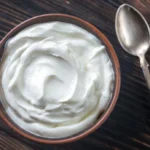

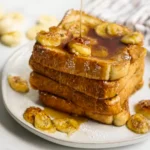

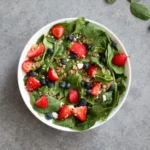
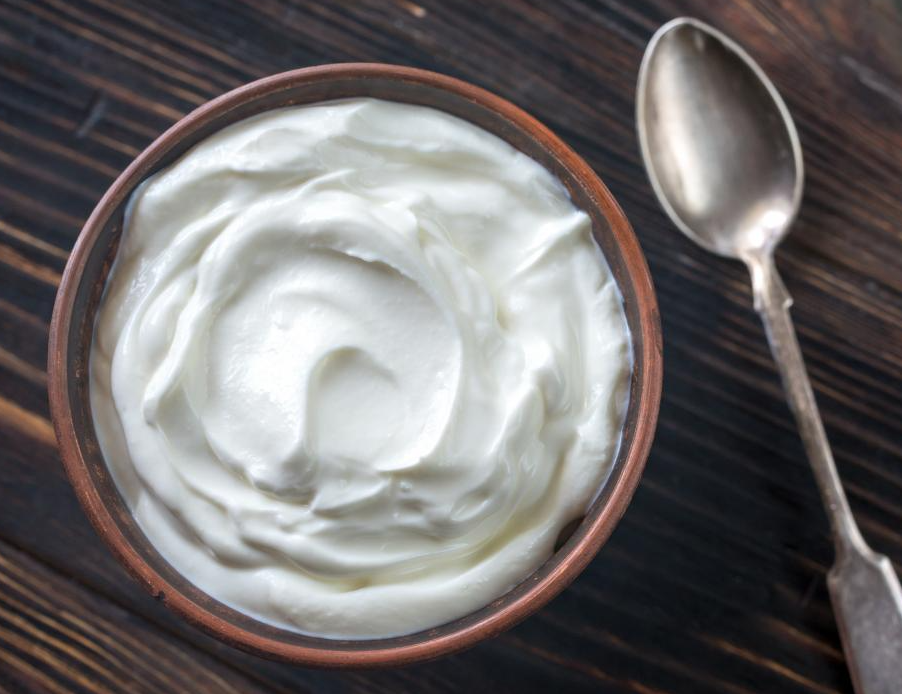


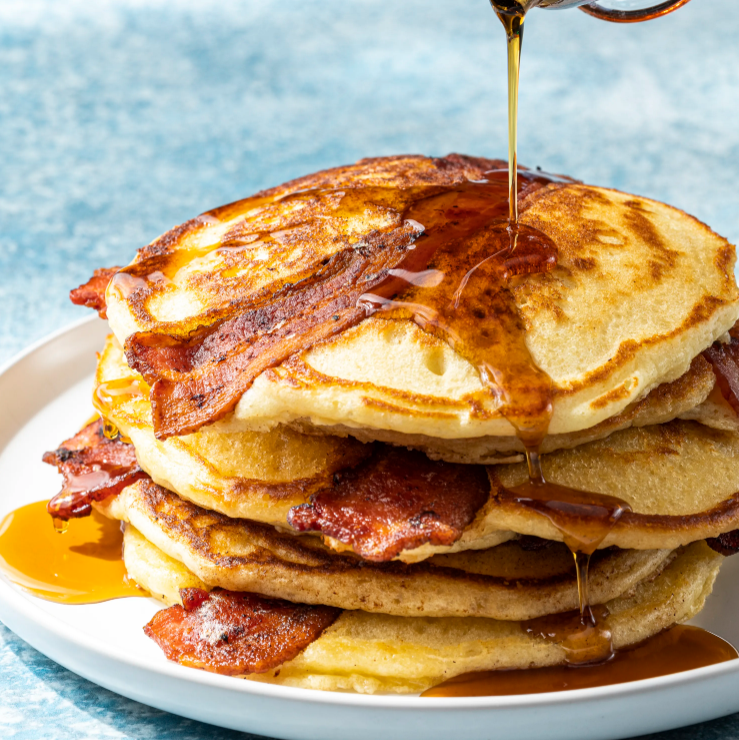
Leave a Reply